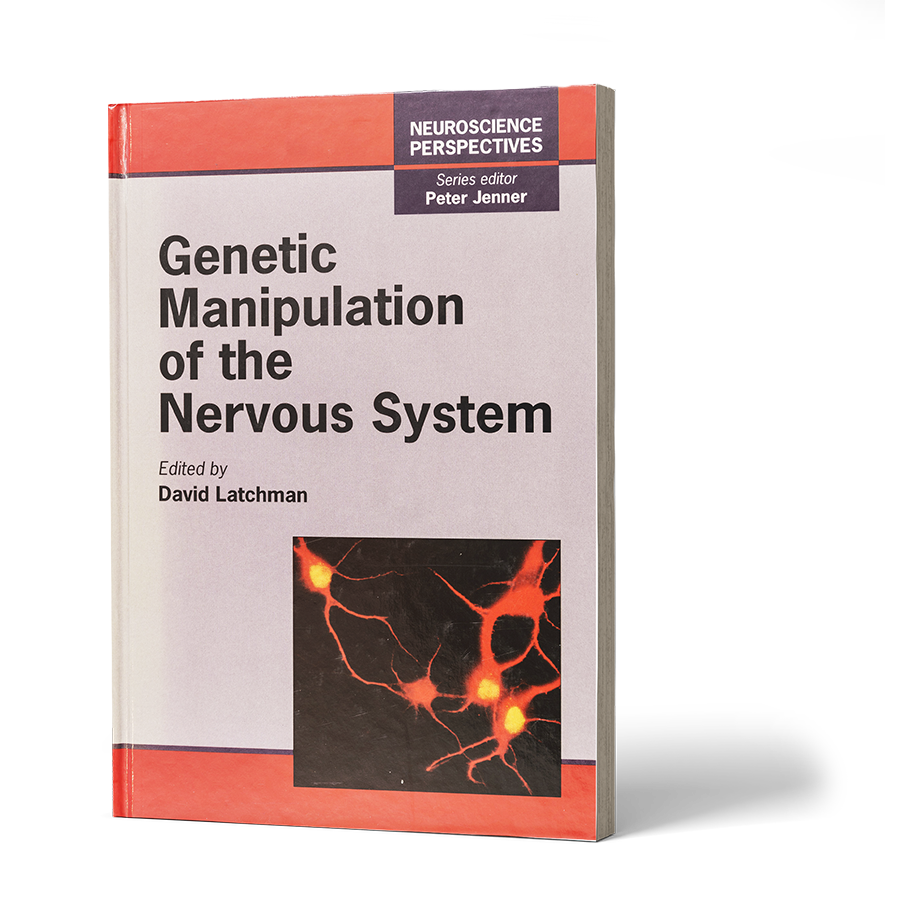Neuroscience Perspectives
Written by David Latchman
Neuroscience Perspectives contains reviews of topics in one of the most diverse and rapidly advancing fields in life sciences. This series will serve as an all-inclusive source both to novices and experts about the historical, physiological, pharmacological, biochemical, molecular biological, and therapeutic aspects of selected areas of research.
Gene therapy procedures have increasingly been allowing specific genes to be delivered to human patients who lack functional copies of them, yielding major therapeutic developments. These gene delivery methods can also be applied in other organisms to characterise the function of particular genes. This is all the more significant when studying the nervous system and its currently numerous incurable diseases such as Alzheimer’s and Parkinson’s. However, gene delivery methods that can be applied to the nervous system have not quite kept pace with other systems because they encounter problems with neurons that do not divide.
This work explains different methods that have now been developed that can avoid these issues and that can help safely and efficiently deliver particular genes to the brain. It discusses virological and physical methods as well as the transplantation of genetically modified cells. The book provides a comprehensive overview of these methods and shows how they can be applied to therapies to treat neurological disorders that have been previously incurable.








